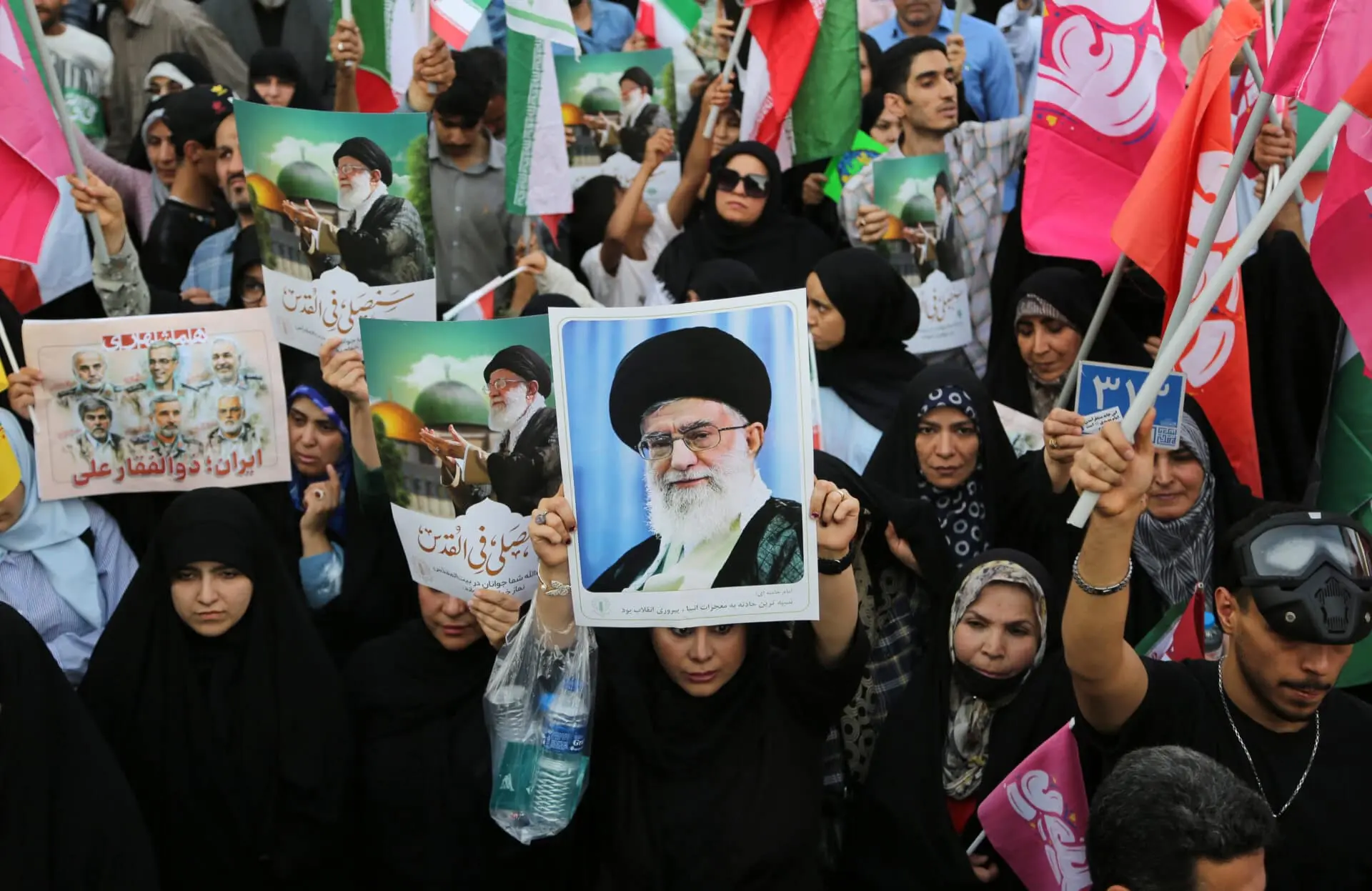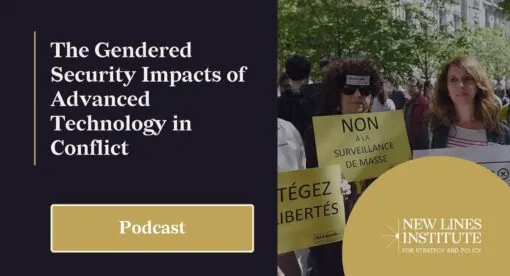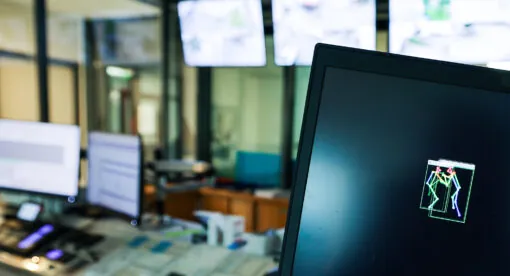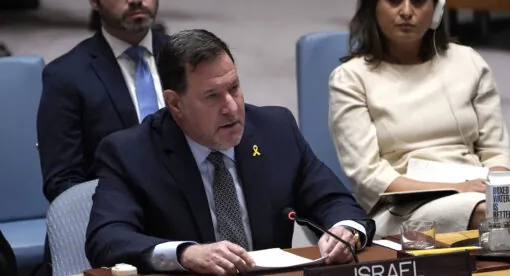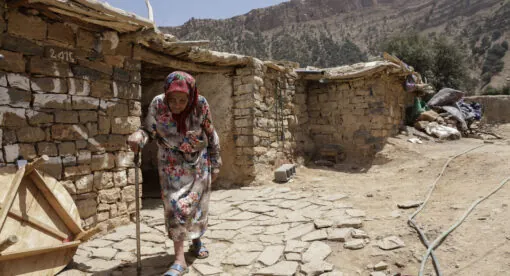U.S. policymakers should be watching closely for indicators of regime collapse in Iran, which could have cascade effects across the Middle East and beyond. Iran’s political economy was deliberately designed to insulate the regime from external shocks and internal dissent, but the current Israeli military campaign represents the most intense external pressure the Islamic Republic has faced since the Iran-Iraq War (1980-1988). The June 13 strikes that killed Islamic Revolutionary Guard Corps (IRGC) leader Hossein Salami and key nuclear scientists, combined with systematic targeting of military infrastructure, constitute a new level of stress testing for regime survival mechanisms. Understanding whether these unprecedented shocks might destabilize the system requires examining the economic and institutional arrangements that have kept the regime intact for over four decades and identifying concrete indicators that would signal their breakdown.
Iran’s rulers learned crucial lessons from the 1979 collapse of Shah Mohammad Reza Pahlavi’s regime, when economic crisis and institutional fragmentation enabled revolutionary change. The Islamic Republic constructed a political economy explicitly designed to prevent similar vulnerabilities. This system rests on three pillars: institutional redundancy, economic insulation of security forces, and resource control through parallel structures.
The IRGC exemplifies this design. Beyond its 125,000 troops, the IRGC controls an estimated 50% of Iran’s oil wealth through subsidiary companies and operates vast construction, telecommunications, and export networks worth billions. This economic empire serves a political function, giving military commanders material stakes in regime survival that transcend ideological loyalty.
Iran’s 2025 budget, announced in November 2024, allocated over $12 billion directly to military institutions, representing a 200% increase from previous years. This funding flows through oil revenue and sanctions-busting operations that bypass the formal economy, creating financial insulation even during broader economic crises. Security forces receive guaranteed resources, while ordinary Iranians suffer from inflation and unemployment, deliberately separating regime stability from popular legitimacy. The system can endure widespread dissatisfaction – as demonstrated during the 2009 Iranian Green Movement, 2019 fuel protests, and 2022 demonstrations – because institutional loyalty depends on material incentives to the security and military institutions rather than public support.
The current crisis differs fundamentally from previous challenges. Unlike economic sanctions that gradually squeeze resources or protest movements that build over time, the Israeli campaign delivers acute, concentrated pressure on regime core functions. The systematic elimination of senior commanders, destruction of military facilities, and targeting of nuclear infrastructure represents a direct threat to institutions designed to ensure regime survival.
Iran’s immediate response – launching hundreds of missiles while managing leadership transitions – demonstrates some institutional strength under extreme stress. However, the response also reveals the enormous resources required to maintain the regime and ensure its survival.
The broader regional context intensifies pressure on the survival of the regime in Iran. Syria’s Assad regime has collapsed, Hezbollah faces severe degradation in Lebanon, and Hamas’ capabilities in Gaza have been systematically destroyed. Iran’s proxy network – a key component of its security architecture – lies in ruins. This isolation forces the regime to rely more heavily on domestic institutions at precisely the moment those institutions face unprecedented direct pressure from Israel.
Regime collapse becomes viable only when key institutions withdraw support from ruling authorities. Historical precedent from the Soviet Union and Hosni Mubarak’s Egypt demonstrates that popular movements succeed when security forces defect, remain neutral, or fragment internally.
For Iran, specific indicators that would signal institutional breakdown include:
- Military and Security Defections: Mass resignations by senior IRGC commanders and regular army officers publicly distancing themselves from regime policies. The absence of such defections despite recent leadership losses suggests that the regime has not yet weakened to the extent of total collapse.
- Economic Resource Disruption: If Israeli strikes succeed in destroying oil infrastructure, the financial foundations of institutional loyalty could erode.
- Regional Proxy Collapse: The destruction of Iran’s regional network removes both strategic assets and revenue streams. Hezbollah’s drug trafficking, Hamas’s tunnel economy, and Syrian transit routes all generated resources that flowed back to Iranian institutions. As these regional proxy networks are further undermined, Iran’s loss may be forced to make difficult resource allocation decisions domestically.
- Internal Coordination Failures: Public disagreements between Supreme Leader Ayatollah Ali Khamenei and IRGC leadership would indicate institutional fracture.
The regime’s greatest vulnerability lies in the potential destruction of energy infrastructure. Oil revenues don’t just fund government operations – they underwrite the entire system of institutional loyalty that keeps the regime stable. IRGC companies depend on oil export profits, military salaries flow from petroleum income, and sanctions-busting operations require energy resources as tradeable commodities. If energy infrastructure were significantly damaged, the regime would face a cascade of institutional failures: IRGC commanders would lose their economic empires, military units would struggle with unpaid salaries, and the financial incentives that bind security forces to the regime would evaporate. Without these material foundations, the cost-benefit calculations that have kept institutional elites loyal for decades could rapidly shift, potentially triggering the kind of security force defections that historically precede regime collapse.
Evidence suggests Iran’s institutional architecture remains functional, but the combination of direct military pressure, regional isolation, and potential energy infrastructure threats creates multiple simultaneous stress points. Unlike previous challenges that targeted single vulnerabilities, the current campaign pressures the entire system simultaneously.
The regime’s survival depends on maintaining institutional loyalty through resource distribution. If external pressure succeeds in disrupting these economic lifelines, the political calculations that have preserved the Islamic Republic for over four decades could rapidly change. Realistic assessment requires monitoring specific institutional indicators rather than assuming popular dissatisfaction alone can drive change. The Iranian people have repeatedly demonstrated courage in challenging authoritarian rule, but structural transformation requires institutional fracture – something that external pressure alone has not yet achieved.
The views expressed in this article are those of the author and not an official policy or position of New Lines Institute.

